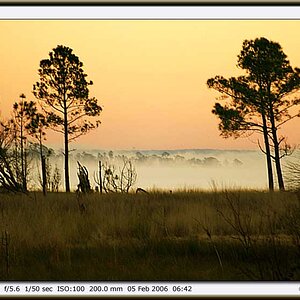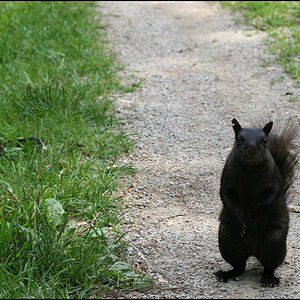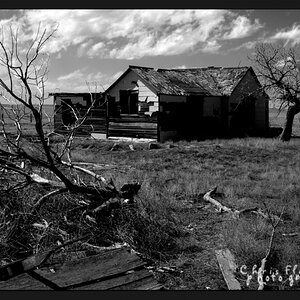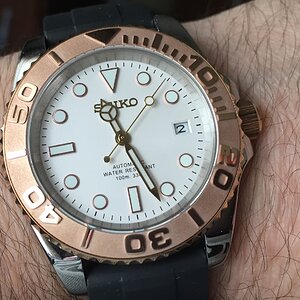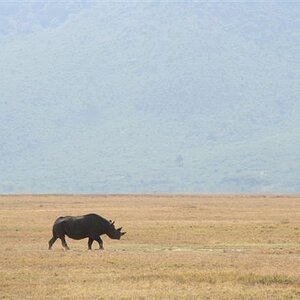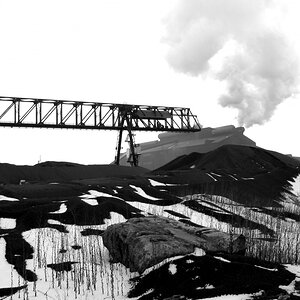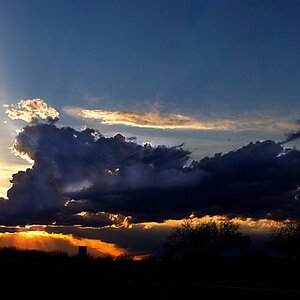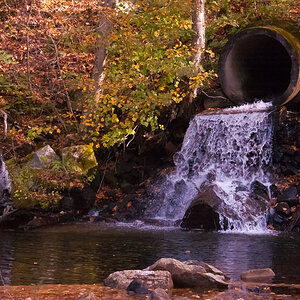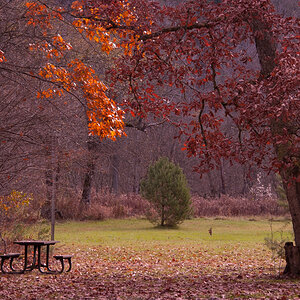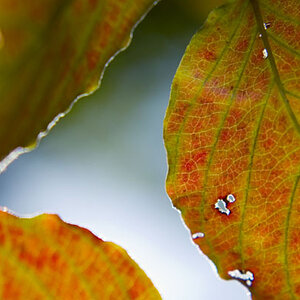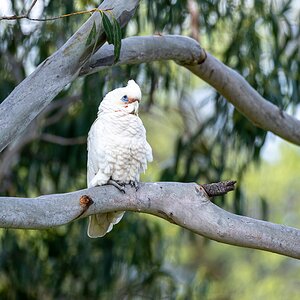xjrrrdx
TPF Noob!
Right now I have 3 lenses, a Tamron | 17-50mm f/2.8 XR Di II LD Lens for Can | AF016C700 a
Sigma | 150mm f/2.8 EX APO Macro EX DG HSM Autofocus | 104101
and the Canon 50mm f/1.8. I enjoy all 3 but I am wanting a zoom telephoto. The Sigma is fun for distance, and is razor sharp but it is slow focusing and lacks zoom obviously. I am looking for zoom like a 70-200mm, I like the Canon 70-200mm f/4L, and is supposedly 86% lighter than the 70-200mm f/2.8L. Both lack a Macro. Then there is the Sigma 70-200mm f/2.8 which is less expensive, and has macro.
My overall goal is to cover a good focal range, and have some fast lenses. If I could get a telephoto with macro that would be perfect, since I love my Sigma. I just don't want to get an over abundance of lenses and then not use them or overlap focal ranges since we all know they can get pricey.
I am just looking for some advice on good fast zoom.
Sigma | 150mm f/2.8 EX APO Macro EX DG HSM Autofocus | 104101
and the Canon 50mm f/1.8. I enjoy all 3 but I am wanting a zoom telephoto. The Sigma is fun for distance, and is razor sharp but it is slow focusing and lacks zoom obviously. I am looking for zoom like a 70-200mm, I like the Canon 70-200mm f/4L, and is supposedly 86% lighter than the 70-200mm f/2.8L. Both lack a Macro. Then there is the Sigma 70-200mm f/2.8 which is less expensive, and has macro.
My overall goal is to cover a good focal range, and have some fast lenses. If I could get a telephoto with macro that would be perfect, since I love my Sigma. I just don't want to get an over abundance of lenses and then not use them or overlap focal ranges since we all know they can get pricey.
I am just looking for some advice on good fast zoom.


